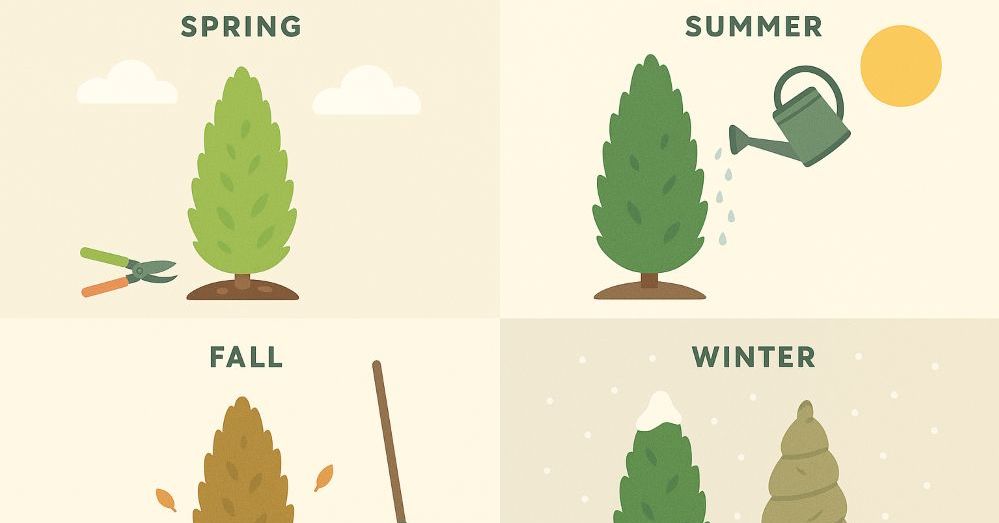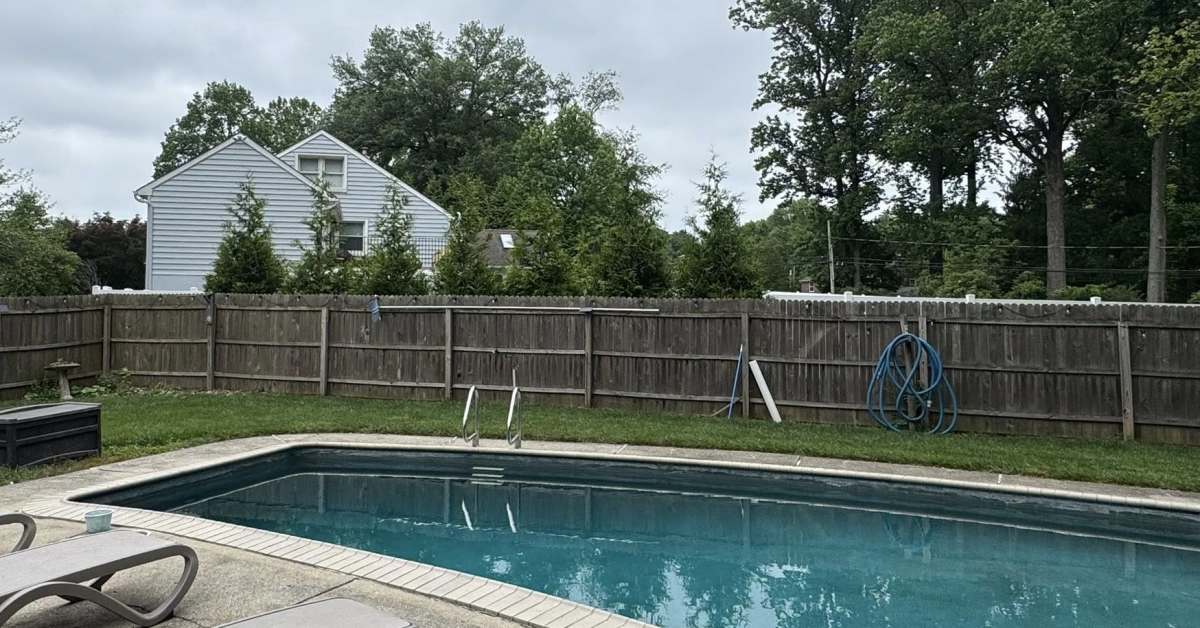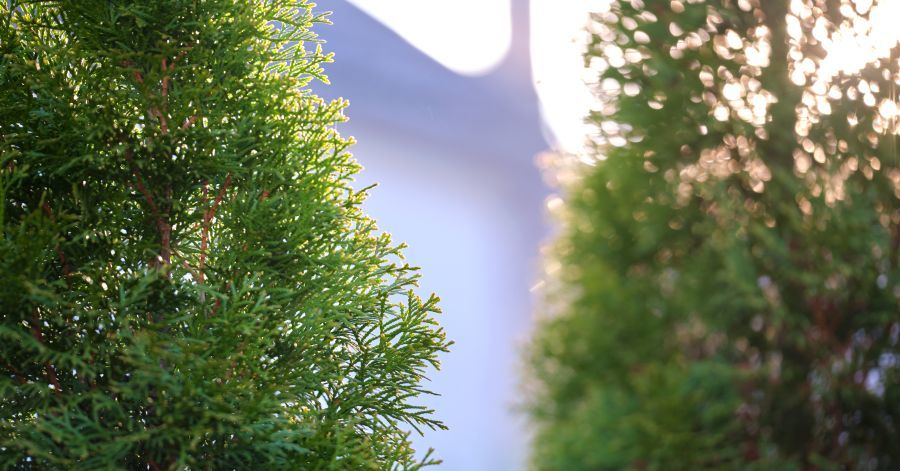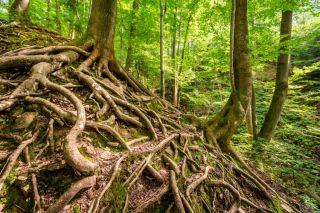
How to Stop Tree Roots from Damaging Pipes
There are endless reasons to love trees and want to plant them in your yard. But tree roots can pose significant challenges, especially when they come into conflict with underground pipes. For homeowners, this underground battle can lead to costly repairs and maintenance headaches. But with careful planning and proactive measures, it's possible to coexist with the trees we love without shelling out thousands of dollars. Let's have a look at some strategies to prevent tree root damage to pipes.
Understanding the Enemy: Tree Roots
Ok, tree roots aren't our enemies, but understanding how they work can give clues for how to head off their mischievous behavior. Tree roots grow in search of three primary resources: water, nutrients, and oxygen. This quest often leads them to the moisture-rich environment of sewer pipes, especially if there's a leak. Once inside, these roots can expand, causing blockages or even rupturing the pipes. Recognizing this natural tendency is the first step in formulating a defense.
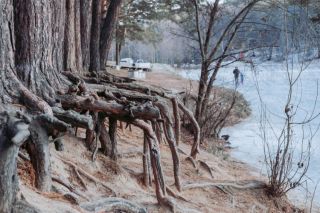
Choosing the Right Trees
The type of tree you plant can significantly influence the risk of root intrusion. All trees have roots, but not all roots are created equal in their desire to guzzle your drain pipes (sorry). Here's what to consider:
- Species with non-invasive root systems: Some trees are less aggressive in their search for water. Dogwood, Japanese Maple, Crape Myrtle, and Arborvitae, for instance, are known for their less intrusive root systems. Planting such species can reduce the chances of future conflicts with your underground infrastructure.
- Mature size: It's not just about the size of the tree when you plant it; envision how a tree will grow. A sapling might seem harmless, but if it's a species that grows large, its roots will spread

Proper Planting Distance
It may sound obvious, but trees need room to do their thing, and, like, grow. By ensuring trees are planted at a safe distance from underground pipes, you can significantly reduce the risk of root intrusion:
- Large trees: Given their extensive root systems, they should be planted at least 20 to 30 feet away from any pipes. This distance ensures that even as they reach maturity, their roots remain far from your underground infrastructure.
- Medium-sized trees: A buffer of 10 to 20 feet is advisable.
- Small trees: These can be planted a bit closer, but maintaining an 8 to 10-foot distance is still recommended.
Physical Barriers: A Line of Defense
If space is at a premium, such as in a city yard, you still have options. Physical barriers can act as a deterrent, guiding roots away from pipes:
- Flexible root barriers: Typically made of plastic or fabric, these barriers are buried vertically around the pipe's perimeter. They act as a shield, directing roots deeper into the ground and away from the pipes. They're particularly useful in small yards, or anywhere where trees and pipes are in close proximity.
- Metal or wood barriers: While less common, these barriers can also be effective. However, it's essential to ensure they're treated to resist rot and deterioration. They're best suited for smaller trees or shrubs.
- Anytime intervention: Root barriers can be installed at nearly any stage of a tree's life, and also help to keep roots away from at-risk building foundations. Barriers can often improve roots' access to water and have a positive impact on the tree's overall health.
Regular Maintenance: Ongoing Prevention
No matter the extent of your preventative measures, routine checks and maintenance are advisable. Some regular practices can help discourage or stem root intrusion, potentially saving thousands of dollars.
- Pipe inspections: Every couple of years, consider having a professional inspect your pipes. With the use of specialized cameras, they can check for early signs of root intrusion or potential vulnerabilities. This is especially crucial for older homes with clay or metal pipes, which are more susceptible to damage.
- Watering: A well-watered tree is less likely to extend its roots in search of moisture. By ensuring your trees receive adequate water, especially during dry spells, you can reduce their temptation to explore.
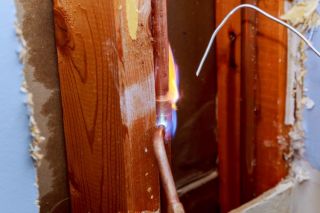
Repairing Leaks: Addressing the Root Attraction
Leaks are magnets for tree roots. Addressing them promptly is crucial:
- Detection: Regularly inspect your property for damp spots or areas where vegetation seems unusually lush. These could be indicators of a leak.
- Professional help: If you suspect a leak, engage professionals. They have the tools and expertise to pinpoint the issue and address it effectively, ensuring roots aren't attracted to the area in the future.
Upgrade to Root-Resistant Pipes
In some cases, prevention might not be enough, especially if you're dealing with older, more susceptible pipes. If you find yourself constantly battling root intrusions, it might be time to consider an upgrade. Modern plumbing materials, such as PVC, are designed to be more resilient against root penetration, offering homeowners peace of mind and reduced maintenance costs in the long run.
Pipe Liners: Modern Solutions for Age-Old Problems
Sometimes separating the roots from the water in your pipes has to happen inside your pipes. Pipe lining, or Cured-In-Place Pipe (CIPP) lining, is a contemporary solution that addresses root intrusion without the need for extensive digging:
- How it works: A resin-saturated felt tube is inserted into a damaged pipe and cured in place, effectively creating a new, jointless pipe within the old one. This seamless design leaves no entry points for roots.
- Situations: It's particularly useful for properties with established trees that homeowners wish to preserve. Instead of removing the tree or extensively digging up the yard, pipe lining offers a less invasive solution.
Chemical Solutions: A Last Resort
Chemical root killers are available on the market and can be deployed to kill off roots they have already breached your pipes. They can be effective for several years, but come with some caveats:
- Environmental concerns: Many root-killing chemicals can harm the surrounding soil and water. It's essential to choose eco-friendly options and use them sparingly.
- Temporary relief: Chemicals might offer a reprieve, but they're not a permanent solution. They're best used in situations where other preventive measures are challenging to implement.
Mulch and Root Moisture Control
Coexisting with trees doesn't mean compromising the integrity of your home's infrastructure. With understanding, planning, and proactive measures, homeowners can enjoy the benefits of trees without the underground battles.
Contact Rolling Fields Tree Farm

If you are planning a garden project, or a privacy fence, you will likely have many questions about the details of these strategies. It's a good idea to reach out to the nursery you bought your trees from, since they will be well acquainted with the varieties they sell. For tips on tree planting, or to shop for the perfect sized Green Giant Arborvitae for your yard, check out Rolling Fields Tree Farm at GreenGiantTrees.com. Happy planting!
.png)

